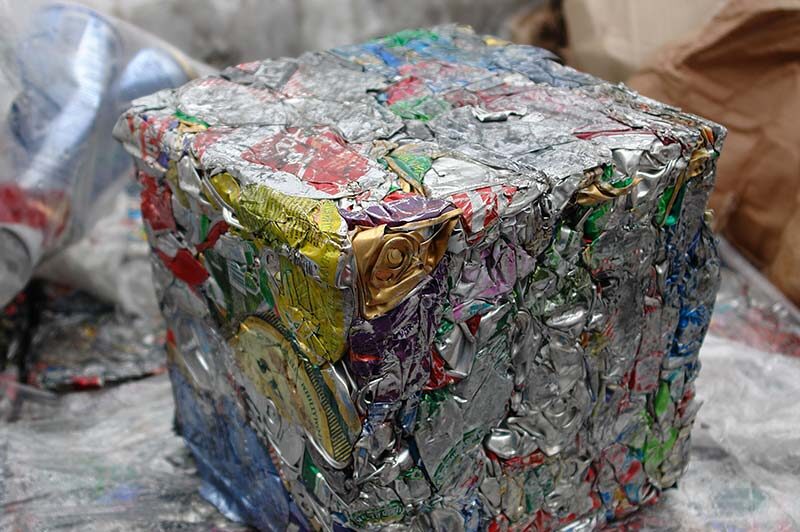A Guide to Smart Waste Management
By Anna Ukovich, Ph.D.
February 15, 2024
By Anna Ukovich, Ph.D.
February 15, 2024

The U.S. Environmental Protection Agency (EPA) and the EU have set impressive recycling figures for the future. For example, the EPA’s U.S. National Recycling Goal is to increase the national recycling rate by 50% by 2030.
The EU’s European Green Deal strives to transition to a competitive, resource-efficient economy. Waste management must become smarter to achieve these goals.
Many smart waste management applications empower municipalities, cities and waste operators to improve services and embrace sustainable practices.

By embedding sensors inside waste bins, managers can track container status, including fill level and location, in real time. Access to these insights allows managers to:

The data generated by connected devices inside bins helps waste management companies:
Plus, minimizing truck rolls promotes environmental stewardship.

Waste collection companies can improve vehicle effectiveness through IoT sensors, GPS and RFID solutions. These solutions collect critical data and automatically send SMS and email alerts that enable:

Intelligent waste and recycling collection systems, augmented by various IoT sensors and high-quality modems, are self-aware of fill levels. It empowers them to compact waste to increase space, significantly reducing collection trips.
Embedded IoT sensors must connect to a network. Therefore, waste collection entities and bin manufacturers must leverage modules and connectivity solutions.
In general, cellular is the preferred choice as it is already available almost everywhere. Cellular LPWAN, for instance, has low power consumption, so it is ideal for battery-powered devices. This technology supports extended coverage and is suitable for size-constrained applications due to its low complexity.
Although cellular is ideal for outside bins, indoor bins don’t always have clear paths to a cell tower. Wi-Fi, while not as precise as cellular, still provides reliable location information and connection continuity. It enables bin tracking and management sensors to remain stable indoors.
In addition, Bluetooth® wireless technology can be an alternative to cellular for waste management solutions that offer IoT-enabled digital rewards. These solutions allow people to get award points sent to their smartphones for recycling plastic bottles.

One of the main challenges with smart waste management solutions is data. Once a company collects data from the edge, how do they combine it to gain insights, allocate resources, optimize routes, etc.?
Companies should get a comprehensive IoT device management platform to monitor assets and process everything in one place. In addition, AI solutions can interpret mountains of data quickly.
Waste management companies with deployments in multiple countries need the ability to switch seamlessly between MNOs. Having a trusted partner can help with selecting the best rates and coverage.
Companies should also select the right connectivity technology for their waste management use case. They should also ensure there is coverage where they want to deploy.
Telit Cinterion’s modules and connectivity services for smart waste management empower you to manage your assets from one place and get the best coverage and cellular rates. Also, we offer OneEdge™, powered by Telit Cinterion, that provides intelligence at the edge for managing your devices and reducing operational costs.
Speak with our experts to get started on your smart waste management and smart city solution.